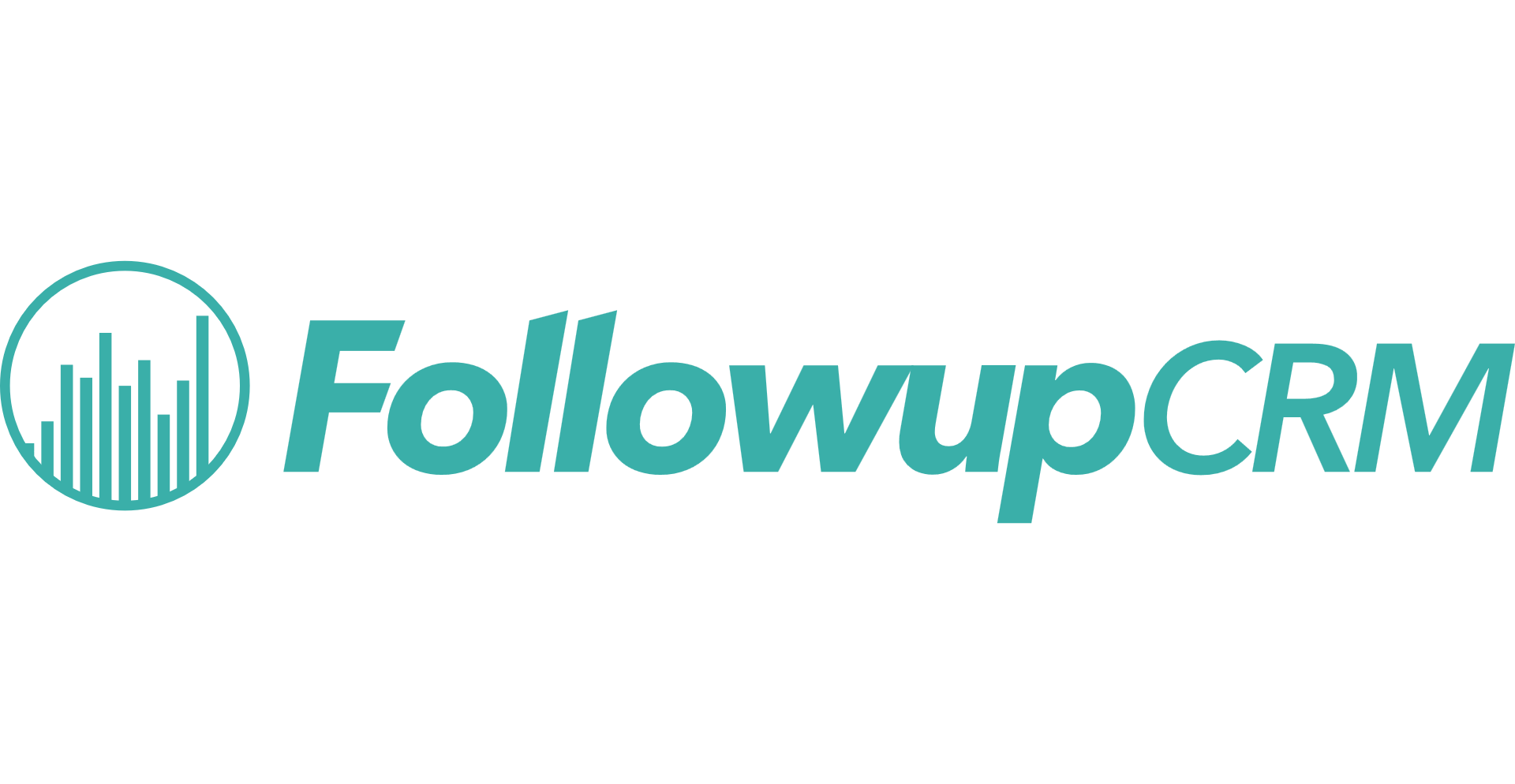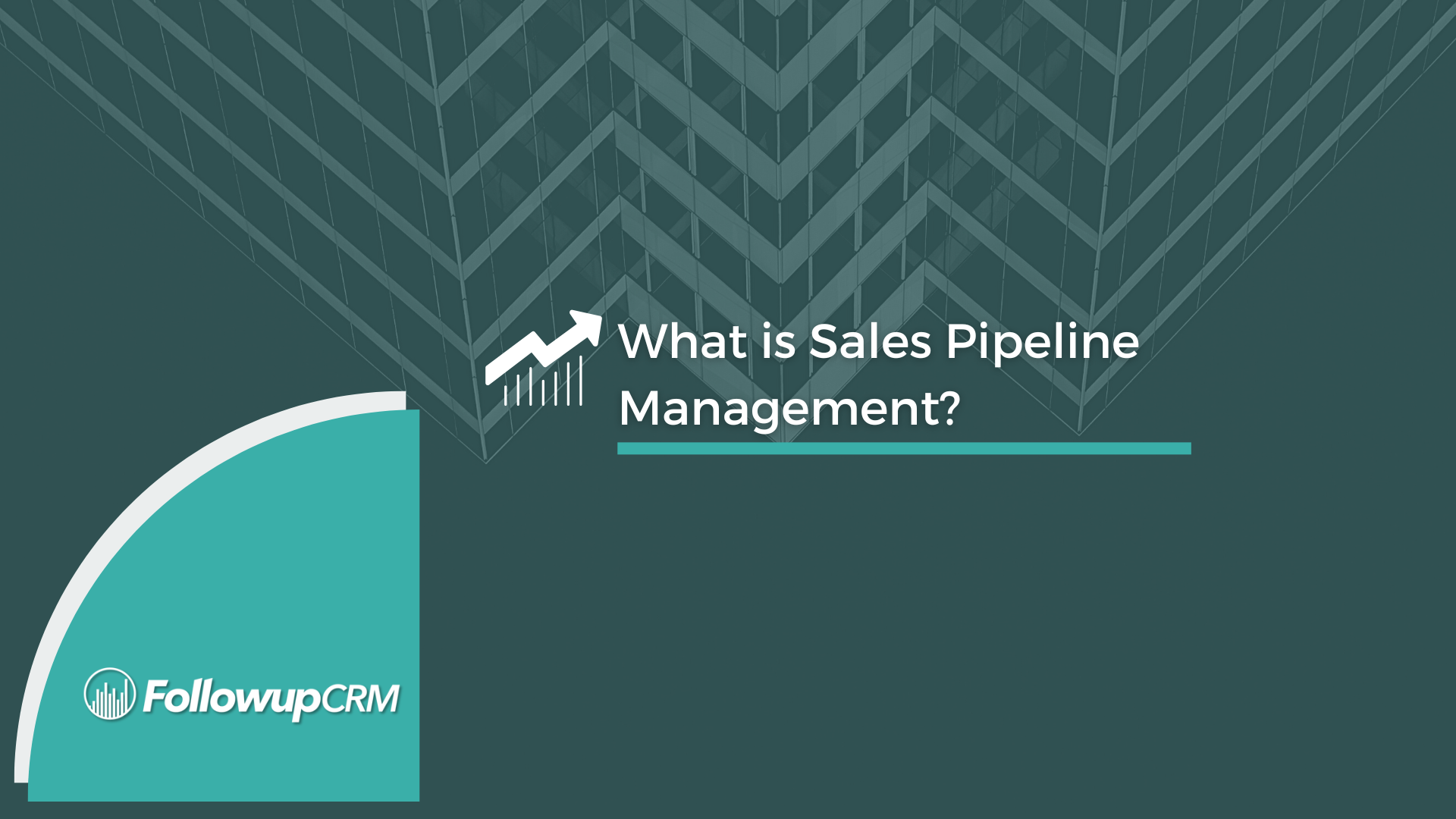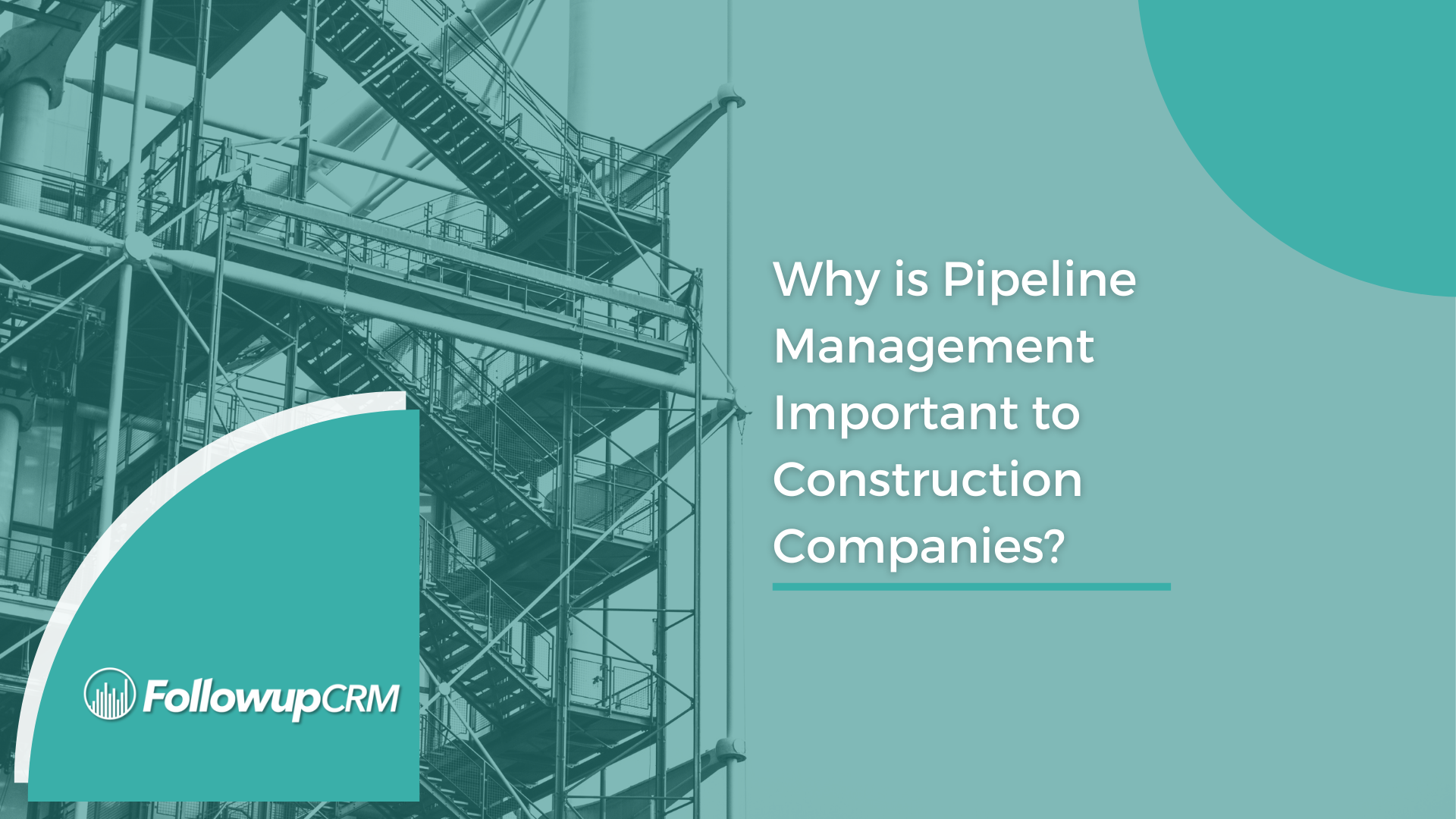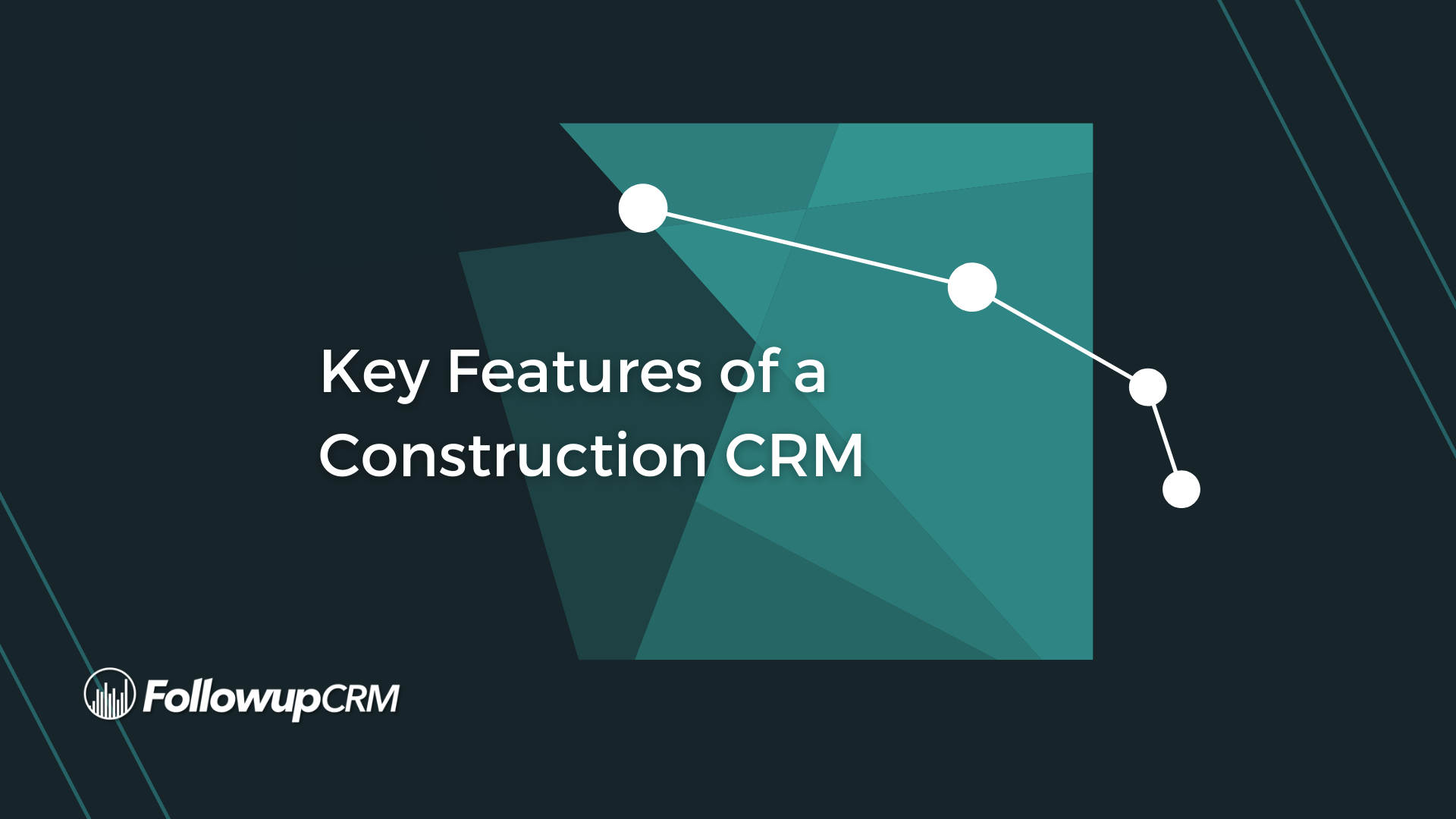Terminology tip: Sales pipeline management is the process of managing all incoming sales opportunities and tracking them across the various stages of the sales journey.
Managing your sales pipeline means reviewing the entire sales process from how the lead is handled when it first comes in to how your sales team responds, follows up, works through the process with the potential customer, and closes or loses the deal.
Following are some points on how to best manage and improve your construction sales pipeline.
.png)
Use a CRM Program
A CRM, or Customer Relationship Management program, is software that will assist you in managing your construction sales pipeline.
A CRM program makes managing your sales pipeline significantly easier than using spreadsheets by keeping all of the information on each lead in a central location and presenting it on an easy-to-use dashboard. Documents can be uploaded and stored in prospect files, email programs can be synced with CRM software, and a variety of data and metrics can be created using the program.
Hold Pipeline Review and Forecast Meetings
These meetings are important to business success and should be held at least twice a month, but weekly is best if time allows.
Pipeline Review Meetings
A pipeline review meeting is your opportunity to look at all of your prospects and how effectively your team is moving them through the pipeline. You can then identify techniques that create results in each stage of the sales process. The meeting provides a chance to discuss all new prospects in the pipeline and plan the best course of action for each prospect.
When reviewing the pipeline, you will be looking for problem areas such as points where leads stagnate and why some prospects don’t close. It’s an opportunity to honestly evaluate the sales team’s performance – and recognize and reward success while also discovering flaws in the strategy. Problem areas can be identified, and corrective measures can be explored.
Forecast Meetings
A forecast meeting uses the sales pipeline to review all jobs that are likely to close in a specific timeframe. The information gathered from the data is used to predict whether sales targets will be met, which is the key to predicting future revenue.
The sales potential of each person on the sales team, and the team as a whole, can also be forecasted.
Know The Value of Your Pipeline
The value of your pipeline is based on the potential income from the prospective leads currently in the pipeline multiplied by your average close rate. If you currently have $50,000 in contract value in the pipeline and your average close rate is 20%, you can expect $10,000 worth of new business from your pipeline.
Reviewing your sales pipeline will let you know if there are enough leads in your pipeline to generate the necessary income for your construction company. If there is not enough current value, your lead generating strategies must be improved.
Of course, the value of a pipeline is always changing as new leads are acquired and jobs are closed.
Focus on the Best Leads
Data collected from sales pipeline management will make you aware of who your best leads really are – those who are ready to move forward with the project and are qualified and able to close. A contractor’s best leads move through the pipeline to sale at the fastest rate. Your best leads have the highest potential value – the best return on investment.
When your construction company uses lead management software, you can sort your leads on the dashboard by a variety of criteria including high to low value. You can also review activity for each lead to find those that are most engaged in the process and ready to move forward.
.png)
Review Pipeline Data to Improve Sales
Keeping your pipeline well-managed will also keep your sales cycle as short as possible, making the most efficient use of your marketing and sales resources. Reviewing sales pipeline data or metrics allows you and your sales reps to understand the relationship between their activities and their results. This information helps you focus on areas where improvements are needed, and which activities are best at providing results.
Keep Your Sales Pipeline Clean
If your sales pipeline is managed properly, it won’t be bogged down with unqualified or questionable leads. If your pipeline contains poor leads, then you risk wasting time and resources on prospects that will not provide value for your company. Your sales team’s time and effort is better spent working on leads with higher value.
A clean, high-quality sales pipeline leads to greater efficiency, higher value per lead and better close rates.
How do you keep your sales pipeline clean?
Let’s address this first: If the lead has stopped responding or engaging with your company, remove them from the pipeline or move them to the inactive category. This will help you to stop wasting resources on unproductive leads. If you’re sending automated emails, then fine, keep sending them until they unsubscribe.
Keep all information about each lead current and updated as the prospect moves through the stages of the sales pipeline.
If the lead is “stuck” somewhere, identify the problem and attempt to correct it. Do they need more information? Provide it. Are they evaluating whether your company is preferred to one or more of your competitors? Emphasize the value of hiring you for the job. These are issues that can be identified and addressed in this phase of the process.
Do they have questions that haven’t been answered? Give them high-value responses and include a gentle call to action such as offering a free estimate on their project or having you stop by to discuss options for giving them the finished product that best meets their needs.







